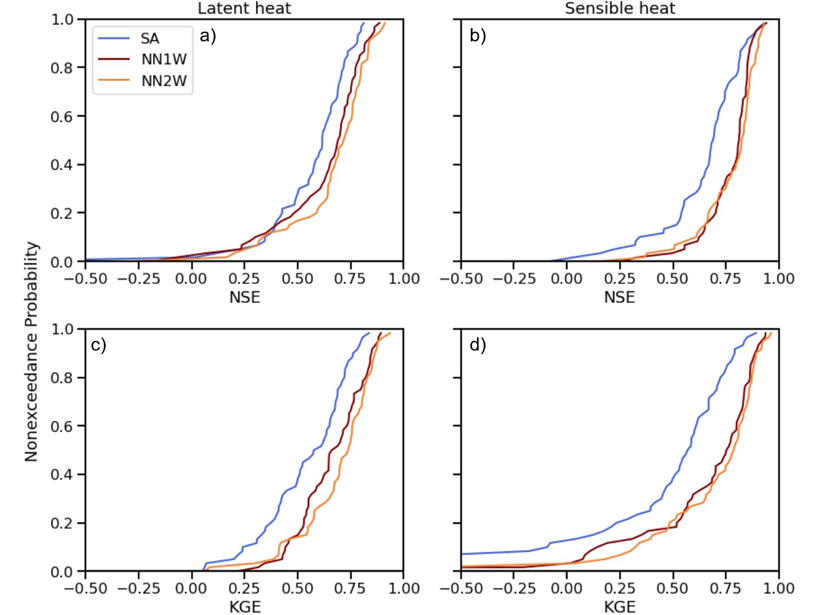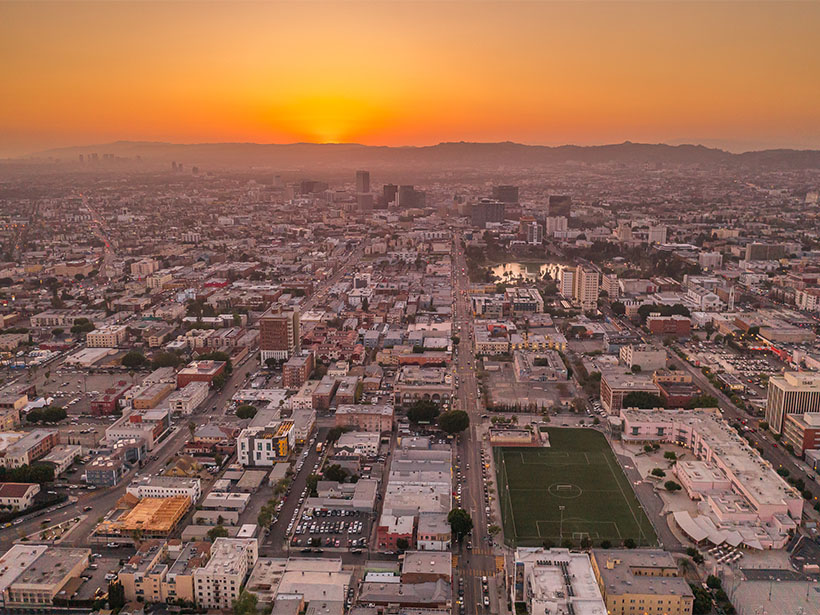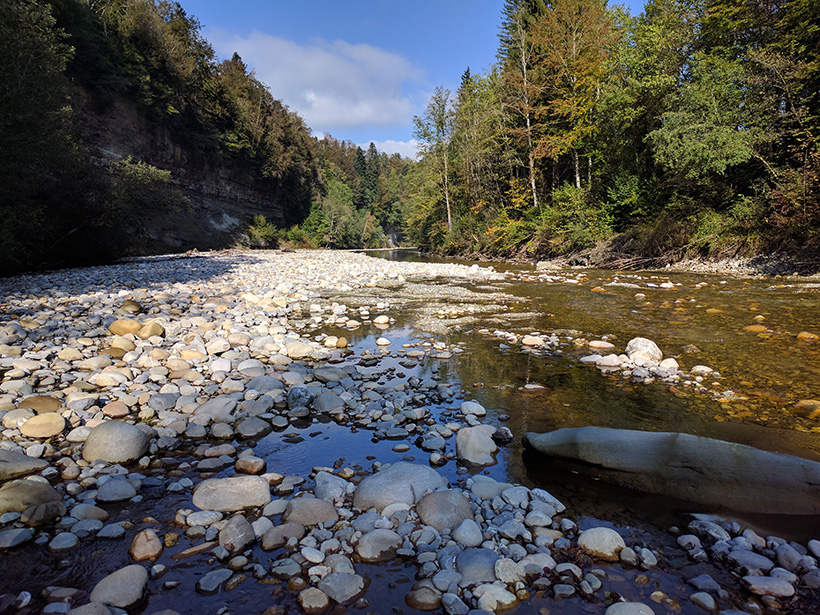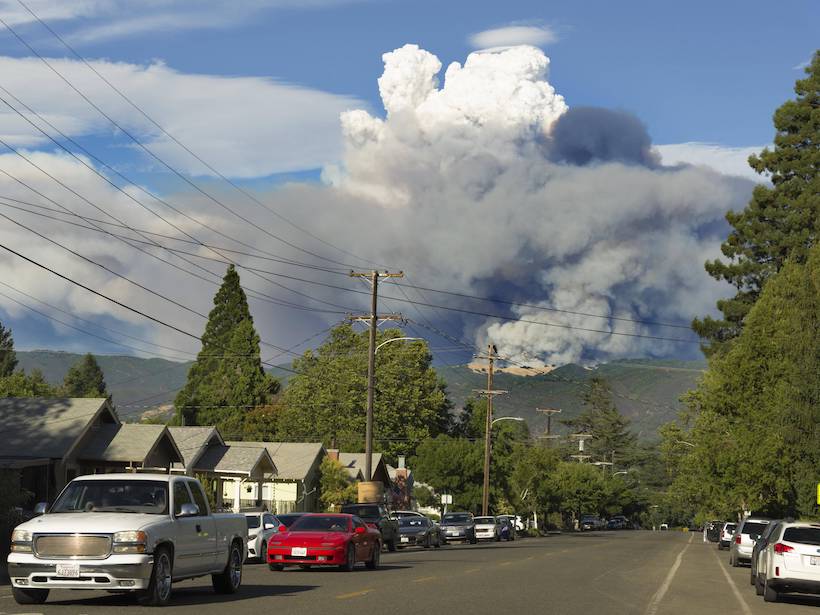Using turbulent heat fluxes as an example, a new study shows that exchange of information between process-based models and deep learning methods may lead to improved predictions.
water cycle
How Anthropogenic Drought Plays Out
Drought should be considered and modeled as a process, including human–nature interactions, and not merely a product of water deficit.
Tracing Water from River to Aquifer
A new technique using dissolved noble gas tracers sheds light on how water moves through an aquifer, with implications for water resources and their vulnerability to climate change.
Tropical Carbon and Water Observed from Above
Satellite observations show how tropical forest carbon fluxes respond to changes in water from climate variability.
Dirty Trees Shape Earth’s Hydrologic and Carbon Cycles
Researchers peer into precipitation partitioning—the process by which plants and the organic matter coating them help shape the hydrologic cycle.
“Thirstier” Atmosphere Will Increase Wildfire Risk out West
New climate projections could inform long-term wildfire and water resources management strategies in California and Nevada.
¿Cómo Afecta el Reverdecimiento del Ártico al Agua Subterránea?
Nuevas investigaciones examinan cómo los cambios en la ecología de la superficie influyen en la hidrología subterránea en el Ártico.
A New Way to Fingerprint Drivers of Water Cycle Change
Simulations of tropical ocean convection help distinguish climate effects resulting from large-scale changes in atmospheric circulation from those resulting from higher temperatures.
Measuring, Monitoring, and Modeling Ecosystem Cycling
Scientists leverage long-term environmental measurements, emerging satellite observations, and recent modeling advances to examine changes in ecosystem carbon and water cycling.
¿Cuántas Modificaciones Puede Aguantar el Ciclo de Agua de la Tierra?
El marco teórico que estudia los límites planetarios define cuánta perturbación humana pueden soportar los diversos procesos del sistema terrestre, pero puede que no describa adecuadamente el ciclo del agua o la medida en que lo hemos alterado.










